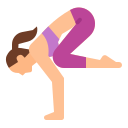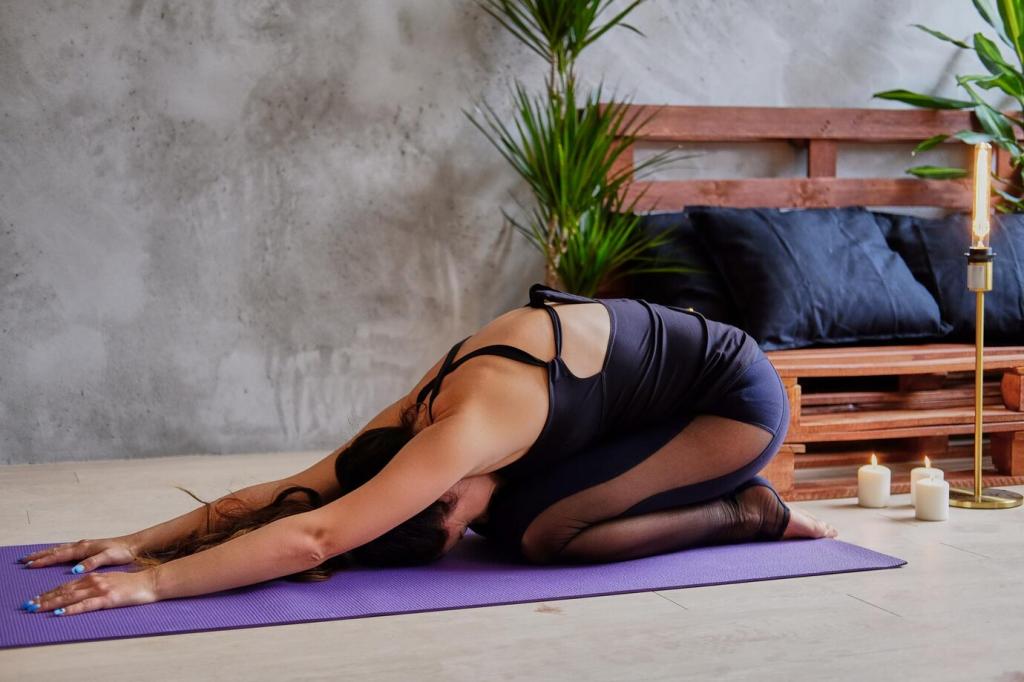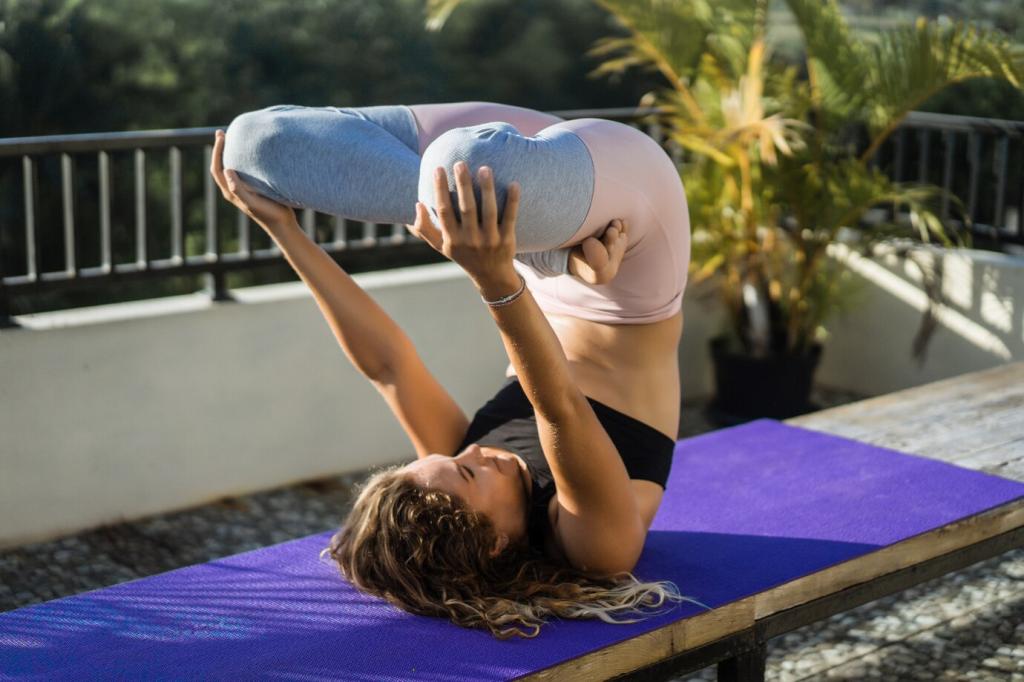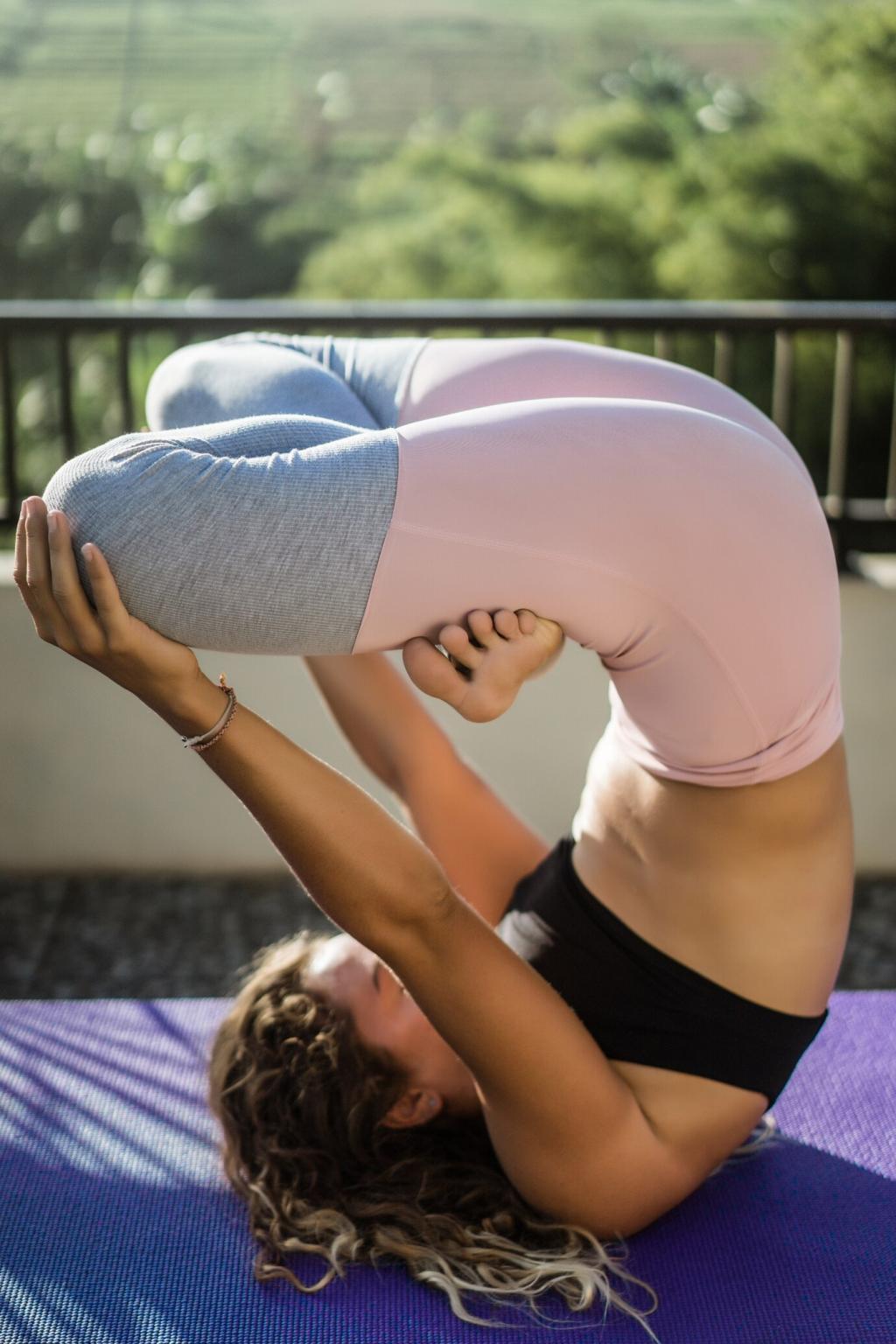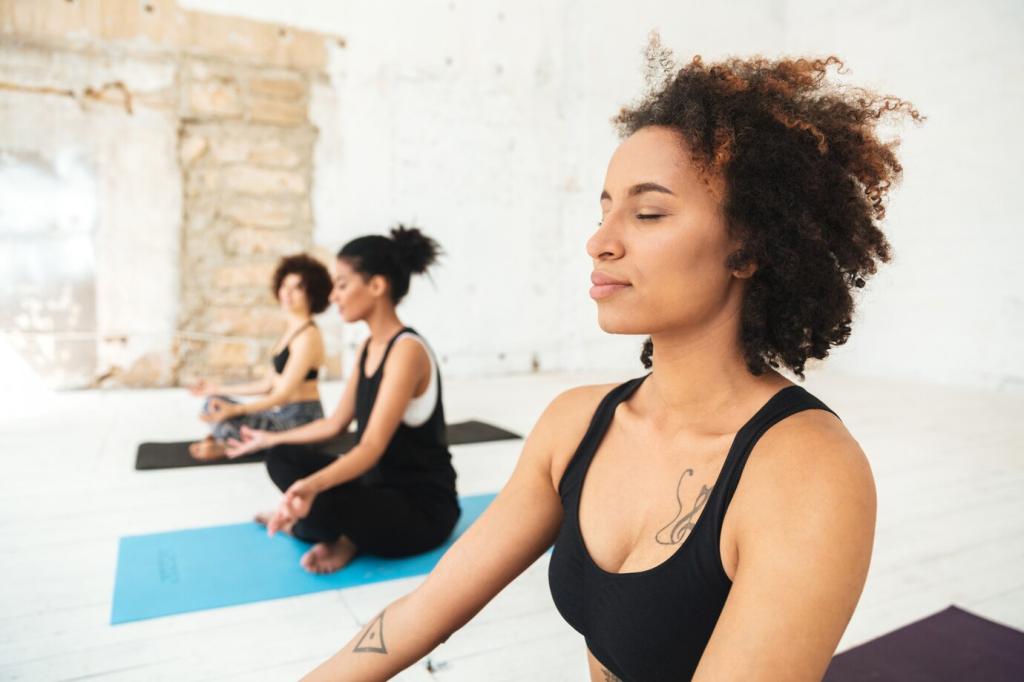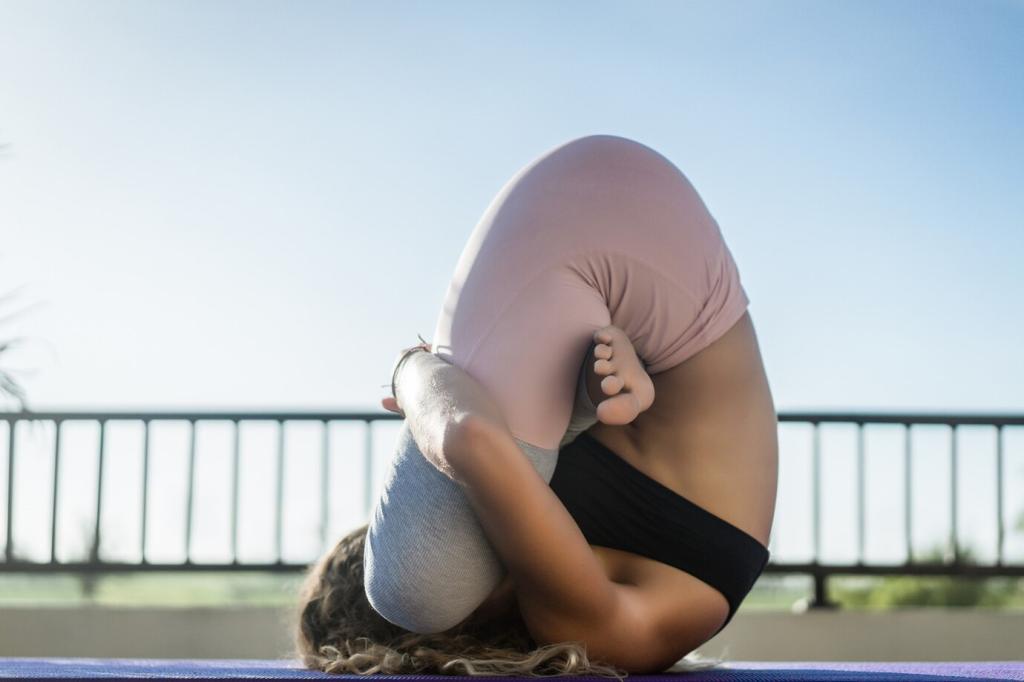Preparing Your Body for Advanced Flexibility Work
Start with five to eight minutes of breath-led mobility: cat-cow waves, figure-four hip circles, and thoracic rotations. Slow nasal inhales amplify parasympathetic tone, reducing guarding so muscles accept progressive stretch. Comment with your favorite warm-up and we’ll feature it in a community compilation.
Preparing Your Body for Advanced Flexibility Work
Strong glutes, deep core, and mid-back engagement create a protective halo around new motion. Try bridge isometrics, serratus wall slides, and hollow-body holds before big poses. Share how activation drills change your backbends, and subscribe to receive a printable checklist for pre-practice muscle priming.
Preparing Your Body for Advanced Flexibility Work
Flexibility transformation rewards consistency over heroics. Set micro-goals like two degrees more hip extension or five calmer breaths in wheel. Track tiny wins weekly. Tell us your next micro-goal below, and join our newsletter for an accountability thread that celebrates progress, not perfection.
